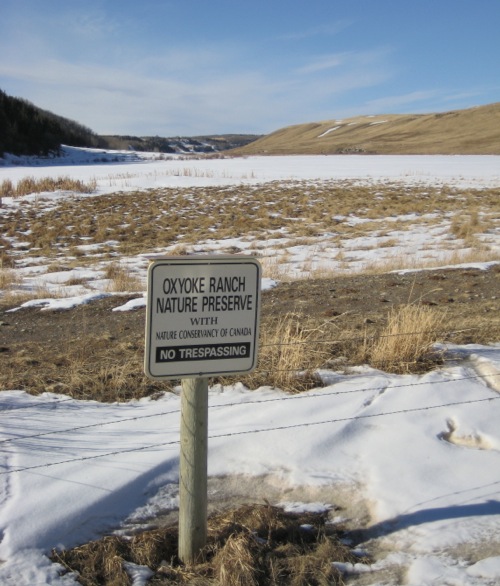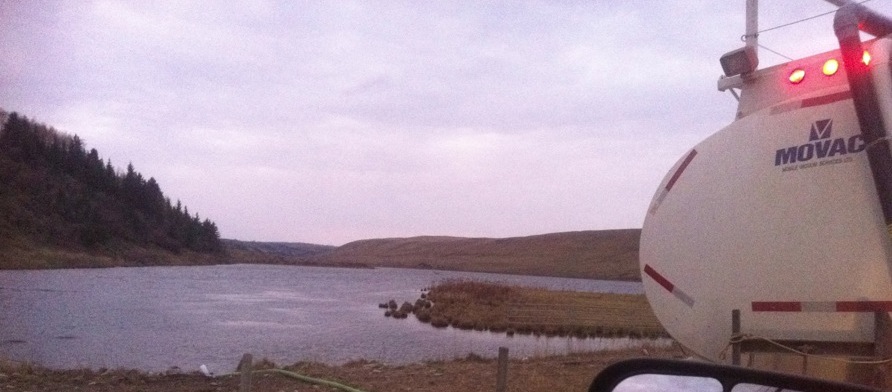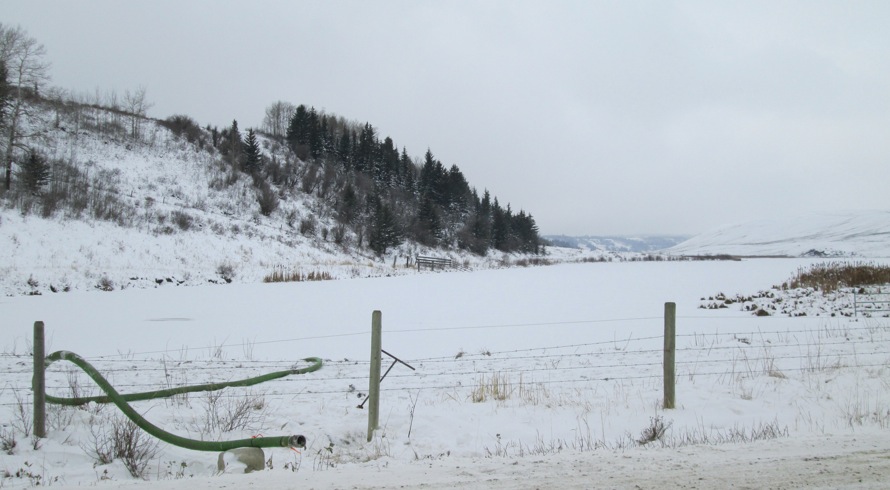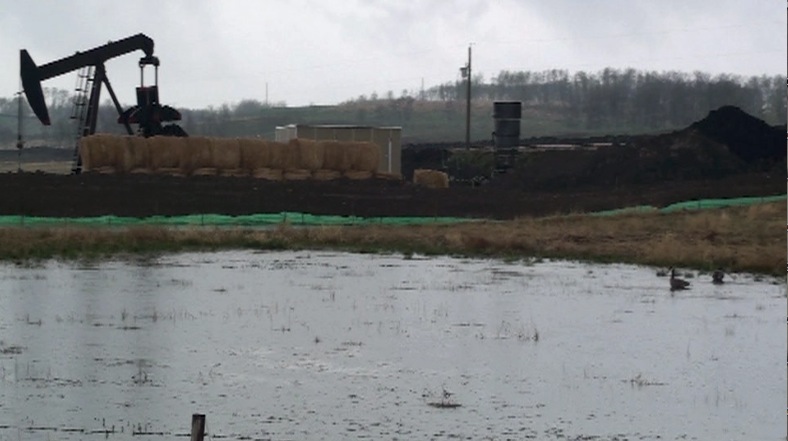National Conservation Plan Ignores National Parks, Wilderness by Maura Forrest, June 2, 2014, CBC News
in Huffingtonpost.ca
Some scientists and environmental groups are coming down hard on the federal government’s first ever National Conservation Plan, claiming that it will neglect most of Canada, given its focus on agricultural and built-up areas near urban centres. The new plan, released earlier this month by Prime Minister Stephen Harper, promises to conserve Canada’s lands and waters, restore Canada’s ecosystems and connect Canadians to nature.
It proposes $252 million of funding for conservation initiatives over the next five years, including a $100-million commitment over that period to the Nature Conservancy of Canada, a private organization that protects ecologically sensitive areas by purchasing them or having them donated.
…
In a news release, the government said the plan puts an “emphasis on enabling Canadians to conserve and restore lands and waters in and around their communities.” However, some experts fear that this focus is too narrow, particularly in light of recent budget cuts to Parks Canada and changes to environmental legislation like the Fisheries Act. For example, all of the funding earmarked to protect sensitive habitats is pledged to the Nature Conservancy, which deals solely in private lands. Those private lands make up only 10 per cent of the Canadian landscape, and are largely around urban areas in southern Canada.
…
Diane Orihel, an ecologist at the University of Alberta, says she thinks “the Conservatives’ aim is to accelerate the pace of resource extraction by removing the barriers to development.” She wrote in an email to CBCNews.ca that a plan limiting conservation to “little bubbles of nature around where people live” will do little to impede this agenda.
However, an Environment Canada spokesperson said in an email that “the National Conservation Plan includes a focus on private lands in part because the majority of species at risk and their habitat in Canada occur in southern Canada, where there are predominately private lands.” That view was echoed by John Lounds, president and CEO of the Nature Conservancy, who said that 70 per cent of Canadian species at risk live in or near densely populated areas. He called the plan an important step forward. “We are really pleased,” Lounds said. “It’s a good contribution of funds for communities across Canada.”
The new $100-million commitment to the Nature Conservancy will build on a 2007 federal investment of $185 million under the government’s Natural Areas Conservation Program. The Nature Conservancy currently protects some of the last remaining habitats of many species threatened by urban development, including the eastern foxsnake in southern Ontario and Vancouver Island’s iconic Garry oak.
…
Hébert-Daly suspects that the emphasis on private over public lands is due to the fact that private lands are simply easier to acquire. “When you’re dealing with public land, you’re sitting down with First Nations, you’re dealing with industry, you’re dealing with provinces,” he said. “You have to sit down and talk it through and plan it out.”
At the University of Alberta, Orihel thinks the plan shows the Conservatives are “outsourcing” conservation to private organizations like the Nature Conservancy. “The government is trying to divest itself of the responsibility and accountability of conserving Canada’s environment and biodiversity,” she wrote.
…
Parks Canada’s budget was cut by $29 million in 2012, resulting in job losses among park scientists, and a weakening in ecological monitoring programs in parks across the country. This year’s federal budget included a commitment of $391.5 million to the agency over five years, but the money is earmarked for infrastructure projects like highway and bridge repairs. Meanwhile, the Fisheries Act was altered in 2012 so that only fish caught for commercial, aboriginal or sport fisheries would be protected from industrial development. The replacement of the Navigable Waters Protection Act limited federal protection of inland waterways to 97 of Canada’s 32,000 lakes and 62 out of more than 2.25 million rivers.
…
Jim Brennan, the director of government affairs for Ducks Unlimited Canada, a private group dedicated to wetland conservation, applauds the $50-million commitment to wetlands, which are among Canada’s most threatened habitats. “It’s a significant increase over what the government currently spends on wetland restoration,” he says. Ducks Unlimited will apply for a portion of the funding and hopes to match that amount through donations. Brennan said the group will use the money to restore wetlands along the Great Lakes coastline and in the prairie pothole region — an area of shallow wetlands in the southern Prairie provinces. But $50 million may not be as much as it sounds. Rebecca Rooney, a wetland ecologist at the University of Waterloo, said research has shown that wetland restoration costs on average $7,600 per hectare, and could cost up to $50,000 per hectare in the heavily affected oil sands region. “At that cost, $50 million over five years doesn’t go very far,” she said. Rooney also commented that Ducks Unlimited often has little money to spend on long-term monitoring, which is critical to “inform future restoration decisions.”
It is unclear whether any of the money for wetland restoration will go to research or government programs, or whether it will all be funnelled toward private organizations, like the funding for the Nature Conservancy. [Emphasis added]
Historic Land Deal Between Alberta Ranchers, Nature Conservancy Seeks To Keep The Wild In Wild Rose Country, There are currently no oil or gas wells, but gas drilling remains a possibility by Kelly Cryderman, September 11, 2013, The Globe and Mail
Against a cloudless blue sky, the grassy Alberta foothills of the Waldron Ranch seem limitless. A herd of cattle grazes on a distant plain that ranchers say looks the same as it did a century ago, without a single road or building in sight. To preserve this view for generations to come, a co-operative of 72 ranchers has struck a deal with the Nature Conservancy of Canada to protect 12,357 hectares of postcard-perfect ranchlands under a conservation easement. The $75-million piece of private property about 175 kilometres southwest of Calgary will be the largest parcel of land in Canada ever covered under a land easement agreement, the deal’s backers say.
… “I’m going to be honest – we don’t really want [the easement], 100 per cent,” rancher Tim Nelson said of giving up some control over the land. “But we want it to preserve the land. … We don’t know about the next generation. And we’re worried. What happens in 20, 30, 40, 50 years, and they start developing it?”
… “What makes this place special is it’s such a vast expanse of grass that is pretty much undisturbed,” said Mike Roberts, manager of Waldron, where more than 10,000 cattle graze every year.
… No one is calling the land pristine. The Cowboy Trail intersects the ranch, a power line crosses a small part of it and a natural-gas pipeline runs underground. There are currently no oil or gas wells, but gas drilling remains a possibility – most Alberta landowners do not have the final say on what happens on their property beneath the surface.
However, the huge expanse remains ecologically and historically significant. Wild animals, including bears and cougars, use it as part of their range, and the land represents one of Alberta’s last intact blocks of nutrition-dense rough fescue grass – which cattle, elk and deer need for year-round sustenance. Dozens of teepee rings left by Blackfoot travellers are still in the ground near the Oldman River, and every year during the spring melt, several buffalo skulls are found – remnants of a time when vast herds wintered in the area.
Mr. Simpson said the road from Longview, Alta., a village closer to Calgary, south to the ranch is one of the most beautiful drives in Canada.
“If this was all carved up some day, wouldn’t that be a loss – not just for Alberta, but for the whole country?” [Emphasis added]
Dollars, politics force officials to ignore Alberta wetlands: study by The Canadian Press, September 30, 2012, CTV News
If Shari Clare noticed anything during five years as a private-sector environmental consultant in Alberta it was the “void between what regulations say and what happens on the ground.”
That void became the subject of her thesis, which is soon to be published in the journal Society and Natural Resources. Two years of research at the University of Alberta gave her what she calls a scientifically credible analysis of “the subtle, hidden power that everyone in Alberta knows about but nobody talks about.” Alberta Environment routinely and increasingly disregards its own guidelines on protecting and conserving wetlands, she concludes.
She uses 34 lengthy interviews with everyone from executive-level bureaucrats to industry representatives to describe a government culture where well-intentioned rules often come second to politics and dollars.
“You need to have some strength and willingness on the regulator’s side to be able to say ‘no,’ ” she quotes one government employee as saying. “I’m not sure that saying ‘no’ is in the provincial vocabulary.” [Emphasis added]
[Refer also to:
An oil company takes water for their operations from the Oxyoke Nature Preserve, Rocky View County Alberta – October, 2012
Here for the taking – a hose used by the oil companies to remove water from the Oxyoke Nature Preserve remains for the next tanker to hook up. Rocky View County, Alberta
Wetland sculpture by LIPG member company, Equal Energy – Rocky View County, Alberta. Above photos from FrackingCanada Fracking Rocky View County
February 28, 2012: Reader questions Nature Conservancy allowing Hutchinson drilling
I am appalled by the idea that the Nature Conservancy of Canada has allowed the recent drilling activity on the donated Hutchinson lands just north of Big Hill Springs Park.
I guess in Alberta oil drilling/fracking must qualify as “ranching use”. [Emphasis added]
August 5, 2012: State to Buy 69,000 Acres in Adirondacks from Nature Conservancy
An editorial cartoon by Mark Wilson about Andrew Cuomo’s policy on fracking in the Adirondacks. In Newsday
Mark Wilson is a New York political cartoonist and illustrator who lives in the Adirondacks. He publishes under the pen name Marquil.





